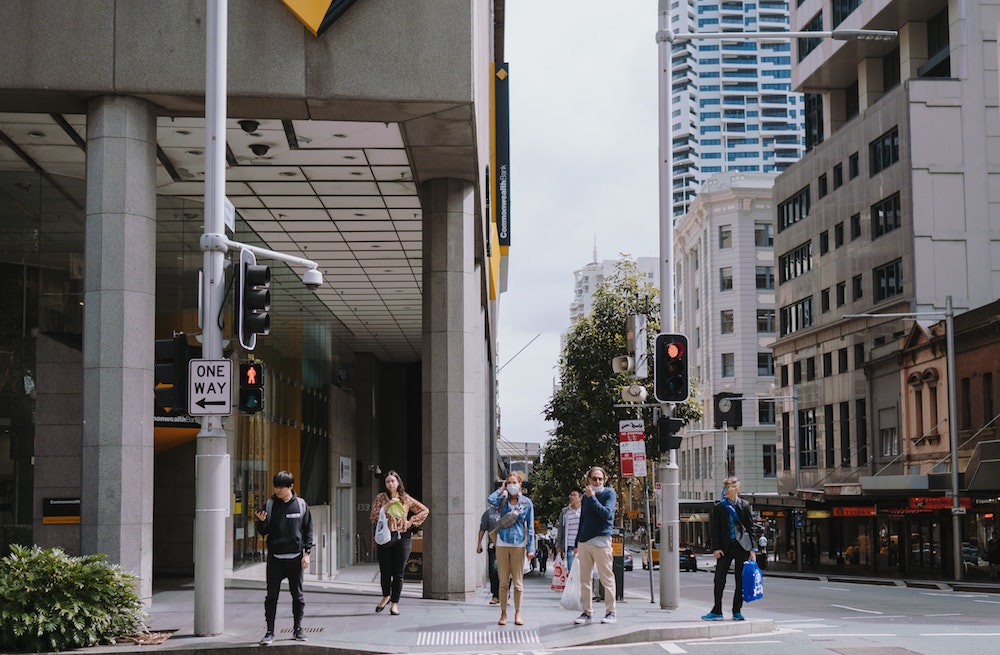Oakland is doing it. Philadelphia is doing it. Minneapolis is doing it. Denver is doing it. Milan is doing it. Boston and neighboring cities are doing it. And now—after one aborted attempt and a whole lot of handwringing from City Hall—New York City is doing it, too.
With summer just around the corner and cooped-up residents expected to flock outdoors in greater numbers, numerous cities have already—or plan to—enact temporary street closures that would more safely accommodate pedestrian and bike traffic while coronavirus restrictions are in place. A number of these streets, as is with the case of New York’s just-announced 40-mile-minimum street closure scheme, are or will be near or directly adjacent to popular parks. In addition to providing city-dwellers with more room to partake in social distancing-observant outdoor recreation, cities are also temporarily closing streets to vehicular traffic due to an uptick in walking and cycling, which, per the World Health Organization, are preferable to public transit when traveling around town.
To assist cities in this unprecedented effort, data-powered mobility management platform Populus has launched the Open Streets Initiative. Per a press statement released by the three-year-old company, the initiative will “help public officials create and communicate new street policies, such as street closures and ‘slow streets’ that prioritize pedestrians and cyclists.” Prior to the coronavirus outbreak, a majority of street closures revolved around one-off special events such as street fairs, parades, and block parties as well as construction projects. As Regina Clewlow, CEO and cofounder of Populus, explained to Smart Cities Dive, these types of closures pass through a series of formal bureaucratic hoops and are typically planned months or longer in advance and communicated to the public with ample warning. Street closures and reconfigurations prompted by the pandemic, however, need to be conceived and executed in a tighter timeframe of just days and weeks.
To join the Open Streets Initiative and subsequently access Populus’s new, complementary Street Manager platform, cities and public agencies must apply by May 15. In June, a “number of select cities” will be chosen to partner with Populus to “design and implement new street policies” in 2020. Various sized cities across the world, not just in the United States, are invited to apply.
“How people move in cities is rapidly changing day by day,” said Clewlow in a statement. “With our platform, we empower city planners with digital solutions that help them manage the future of mobility in a dynamic way.”
Cities partnering with Populus on mobility management projects during the non-COVID-19 era included Dallas, Orlando, Florida, Cleveland, and Tallahassee, as well as the Tennessee Department of Transportation. Largely focused on the micr0-mobility space, the San Francisco-headquartered company describes itself as helping “cities and private mobility operators deliver safe, equitable, and efficient streets through better data and analytics.”
Beyond temporary street closures that make way for more foot and bike traffic, some cities are instituting other changes as to how people get around town during and after lockdown. Paris, for example, isn’t necessarily shuttering streets to vehicles but is instead modifying them to make way for over 400 miles of emergency bike paths, including pop so-called pop-up “corona cycleways,” that will be ready by the time France lifts its shelter-in-place restrictions on May 11, according to Forbes. Berlin is also taking a similar approach by doing away with street-side parking spots in favor of temporary cycling lanes (to the chagrin of some motorists, naturally). And New Zealand, which recently and enviably declared the coronavirus as being all but eliminated, is the first country to provide emergency-level federal funding for “tactical urbanism” efforts in cities that involve widening sidewalks and creating pop-up bike lanes at a swifter-than-normal speed.
“To stop the spread of COVID-19, more people are taking to quiet streets to walk and cycle again,” New Zealand Transport Minister Julie Ann Genter told Forbes. “When we move out of the shutdown, and people start to travel a little more, we can’t expect them to go back to crowded buses and trains at the same rate, and people in city centers will need more space to distance themselves from others physically.”
